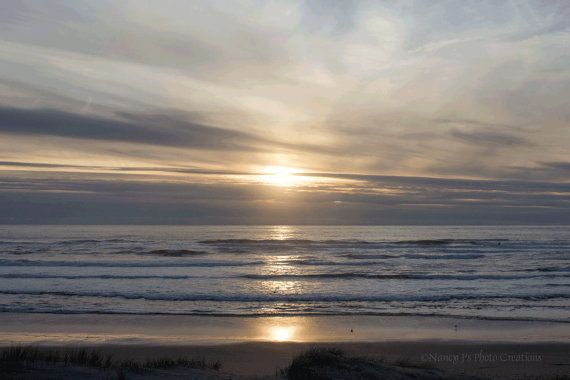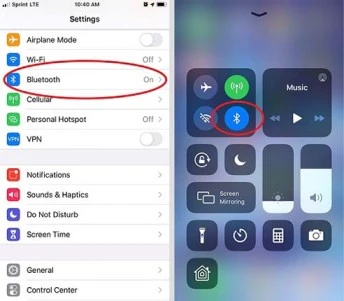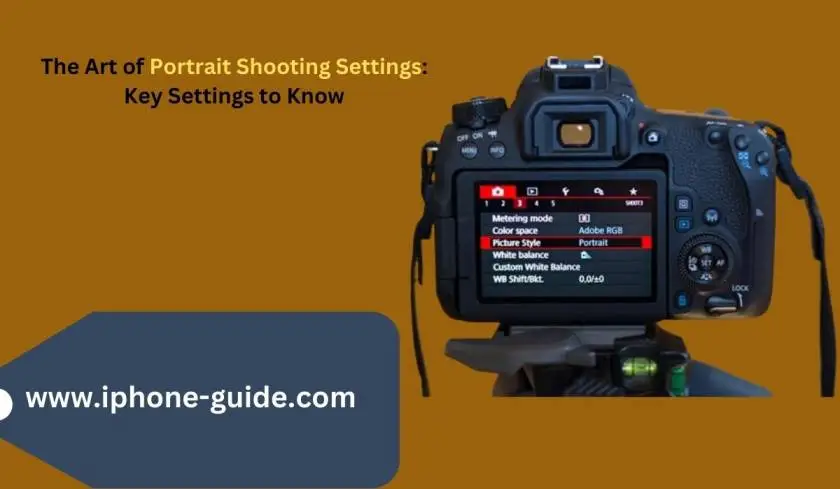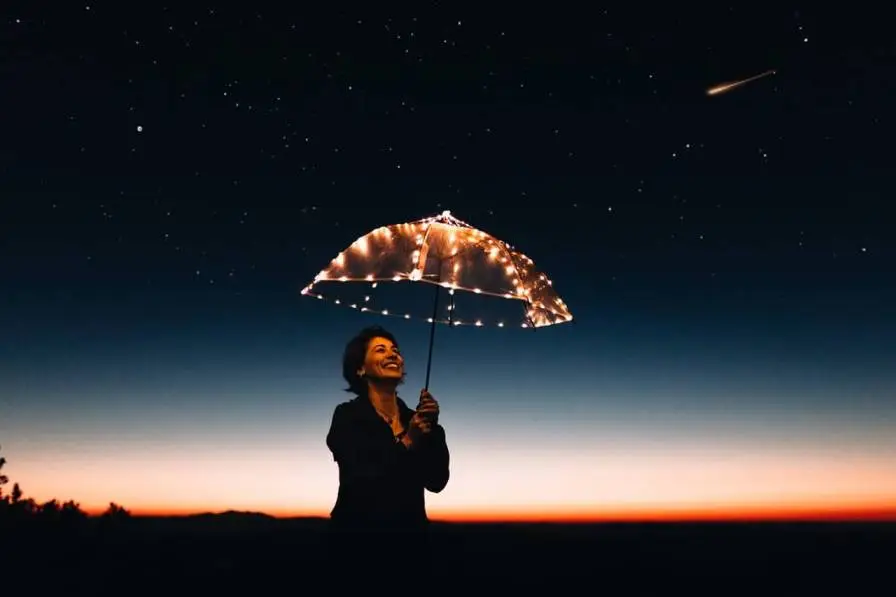
Should I Shoot Sunsets in Manual or Aperture Priority?
Should I shoot sunsets in manual or aperture priority? How frequently have you attempted to catch photographs of a lovely nightfall or dawn just to be disheartened when the outcomes were not even as fabulous as you'd trusted? Again and again, pictures simply don't appear to do equity to those brilliant presentations of variety overhead.
To work on your possibilities of catching that extraordinary shot, it first assists with having a comprehension of some essential photography ideas. Being arranged is likewise key. Before you head out, ensure you know how to utilize your camera and, obviously, what time the sun rises and sets.

Bounce on the web and do a fast quest for dawn/dusk times, or, if you need to be truly exact about it, download a cell phone application (like The Photographic Artist's Ephemeris) that can let you know dawn/nightfall times while also working out precisely.
Where the sun will be not too far off in view of your area. In the event that you get an opportunity to scout your area early, that will likewise assist you with deciding right where to be and when to be there to nail the shot.
Read Also: Olympus Pen F How to Shoot Vertical Video iPhone
The following are eight additional ways to take better dawn and nightfall photographs. A fair warning: When taking pictures of dawns and dusks, be mindful so as not to gaze straight toward the sun through the viewfinder on your camera. Causing so can hurt extremely durable your eyes.
Should I Shoot Sunsets in Manual or Aperture Priority?
1. Choose a Low to Mid-Range ISO
While shooting a dawn or dusk, you'll by and large need to utilize a low- to mid-range ISO setting, such as 200, 400, or 800. During dawn or nightfall, there's less accessible light than around mid-afternoon, so going with one of these ISO settings instead of the least conceivable.
Which is normally 100 on most cameras) will offer you some breathing space while picking your gap and screen speed while as yet giving an excellent picture. On the off chance that you really want a fast introduction to ISO and help grasping the connection between ISO, gap, and shade speed, see our Figuring Out Openness in Photography.
2. Choose a High Aperture
The vast majority will decide to utilize a high aperture, like f/11, f/16, or higher, while taking dusk photographs. This considers a more noteworthy profundity of field (the zone inside an image that shows up in concentrate), so everything from the closer view to the foundation will be pointedly in the center. Be that as it may, there's no standard against bringing the opening down to accomplish a specific innovative impact.
If you have any desire to obscure the foundation and point out all the subjects in the closer view, feel free to set the gap low, similar to f/4 or even lower. Mess with various openings and see what you get. Peruse more about opening.
3. Determine a Shutter Speed
With your ISO and opening set, now is the ideal time to pick the screen speed that will give you a legitimate openness. Watch out for your light meter while changing the shade speed, and when it peruses "0," it's letting you know the openness is right.
To make this truly basic, put your camera in opening need mode (assuming it has it), and your camera will consequently choose the shade speed that will turn out best for a legitimate openness.

Likewise, think about that, assuming your screen speed gets too low, you might require a mount to forestall obscuring brought about by the shake of your hands. The common rule for deciding the least usable handheld screen speed is to take a gander at your focal point.
Trending Post: What Does Seeing a Shooting Star Mean
The central length and utilize a mount for any shade speeds lower than that number. For instance, assuming that your focal point has a central length of 50mm, you ought to have the option to take shots at 1/50 of a second without getting handshake obscuring; however, you'll need to involve a stand for speeds more slow than that. Study screen speed.
4. Bracket Your Exposures
Depending on your camera's light meter to have the most obvious opportunity can in some cases produce unremarkable outcomes, particularly during dawn or dusk while you're attempting to uncover for the brilliant sun not too far off and more obscure subjects in the frontal area. To get the best openness, attempt a strategy called organizing. Organizing entails taking a few pictures uncovered above and below what your camera proposes.
5. Expand Your Subject Matter
At the point when you're out taking photos of a dawn or nightfall, it's normal to be enamored by an energetic skyline line, and let that be the main thing you remember for your photograph.
Yet, when you take a gander at the photographs later, you could find that while the tones cast by the sun are shocking, the pictures come up short on wonder of the scene that you witnessed firsthand.
This is frequently on the grounds that the pictures do exclude components that give a feeling of scale, profundity, and innovation. In the future, have a go at making a stride back and consolidating things like trees, individuals, rocks, water, or other normal highlights in the forefront and center ground.

Likewise, consider that occasionally a delightful photograph of a dawn or nightfall doesn't actually incorporate the actual sun. While you're giving, pause for a minute to glance around and notice.
How the brilliant light of dawn spreads across the valley underneath or how the pink shades of dusk are painted on the encompassing pinnacles. Encourage yourself to look past the consuming circle overhead and find creative ways to add interest to your pictures.
6. Use the Rule of Thirds and Leading Lines
A very well-made picture organizes completely out of the visual components, including the sun and different things, similar to trees, mists, or individuals, so they appeal to the eye, recount a story, as well as bring out a specific inclination.
The third standard is an essential compositional strategy and a simple method for working on your photographs. To utilize it, you just have to intellectually separate your picture into thirds in an upward direction and on a level plane with gridlines and position the subject(s) of your photograph either along the lines or at the convergence of two lines.
This will make a more adjusted and outwardly intriguing picture. To make this truly simple, numerous cameras permit you to show a network in the viewfinder or potentially on the LCD screen so you can rapidly form pictures in light of the standard of thirds.
For example, instead of creating a dawn or nightfall photograph in which the skyline cuts across the center of the picture, try snapping the photo with the skyline at the base or top third. Mess with locating the most brilliant or most beautiful spot on the right or left third.
7. Focus Manually
While you're taking pictures toward the sun, the serious lighting can at times make your camera's self-adjust battle to lock onto something. On the off chance that your camera permits you to do as such, change to manual concentration so you can guarantee you have a chance that is completely sharp.
8. Keep Shooting
Right when you think you've seen the best of the dawn or dusk, the varieties could turn out to be considerably more extravagant, or a cloud could move in and cast lovely sun beams. Should I shoot sunsets in manual or aperture priority?
Dawns and dusks change continually, so continue to shoot to be certain you don't miss the greatest aspect. Furthermore, in the meantime, try different things with various structures and openings.
FAQ's - Shooting Sunsets in illinois
Should I use manual or aperture priority?
High Priority option is the ideal shooting option for landscape & outdoor taking pictures. Custom Mode can only be used in low light when the lens can't meter the scene. This post discusses the step-by-step aperture priority mode camera technique for: Sharp Focus.
Do professional photographers use aperture priority?
The simple answer to this question is absolutely they do. It is actually the reasons behind employing aperture priority that, for most experienced photographers, pushes them to use this setting at all.
How do you get a perfect sunset?
Ideally, you would want some cloud in the sky so that the sunlight from the sun bounces off them and gives the amazing hues that you see. A clear sky will probably not give you the nicest sunsets. A terrific time to take excellent sunset photographs is after a storm or rainstorm.
Should I use auto ISO in aperture priority?
Yes, yourself can do that in opening or shutter priority, but the benefit of auto ISO in regular mode is that you preserve control over the most critical settings: the aperture and the shutter speed. Those are the parameters that actually matter.
.










